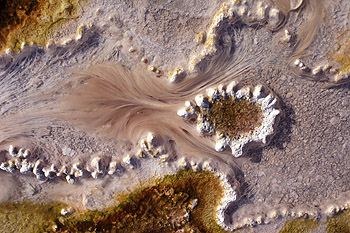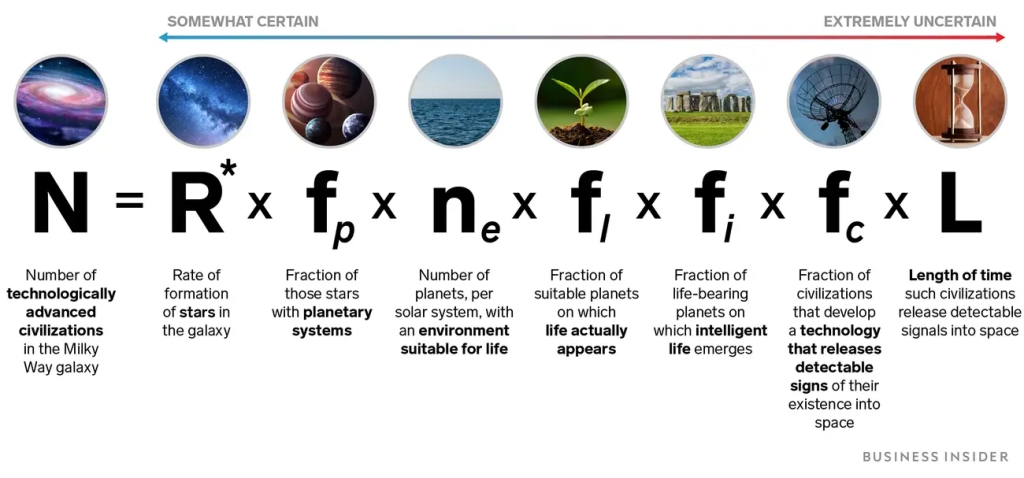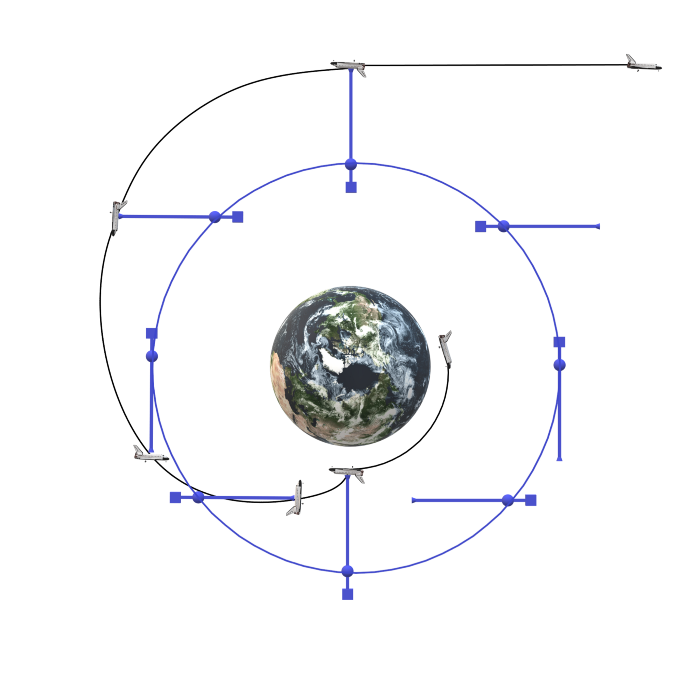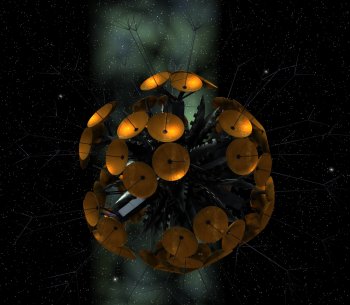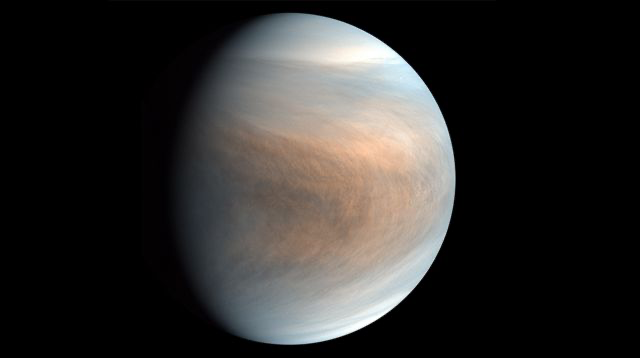The Fermi Paradox attempts to describe why we have not made contact/found any intelligent life although the conservative estimate for how many intelligent civilizations there are throughout the universe is ten million billion. This theory is completely based on speculative math using the data we know about our universe. The paradox also describes Types of intelligent civilizations such as Type I (able to harness all the power of their planet; we are considered 0.7 of the way there), Type II (able to harness all of the power of their host star), Type III (able to harness all of the power of their galaxy). Due to how many intelligent civilizations there should be many of them would most likely be much older than us with an older star and would therefore be at one of these later stages. This then leads many to believe that the theory that none have reached out to us yet wouldn’t hold with the amount of individual civilizations there are that could reach out. This conclusion points many to the idea of the Great Filter.
The Great Filter: The idea that at some point between the beginning of its life and and Type III (when it could make contact with Earth) all intelligent civilizations hit a wall, or some stage in its evolutionary process that is near impossible to overcome. The Great Filter suggests either one of a few things. We could be rare meaning The Great Filter is behind us and occurred already. Whatever this may be must be a one-billion chance event. This leads to the Rare Earth Hypothesis that maybe the conditions of Earth and exact formation was truly the only way to create life.
Others think we are the first civilization and the conditions of the universe are optimal for the first time since the big bang for life to exist.
Another possibility is the Great Filter is ahead of us. This would civilizations commonly get to our stage in evolution but something eventually prevents it from growing. This could be a natural event such as a Gamma Ray burst or even the notion that once a civilization reaches a certain level of technology nearly all of them end up destroying themselves.
Another group think there are reasonable explanations for why we haven’t discovered Type II and III civilizations but that they exist. One explanation is that they have visited Earth but just so long ago there were not records and our lifetime as a civilization is not long enough yet to have experienced it again. Our galaxy may also have been colonized but we live in a very rural part of it and mostly desolate. Once Type II civilizations achieve the use of their star they have no need or desire to reach out to other civilizations that are more primitive. Another, really cool albeit terrifying explanation, is there are predator civilizations out there and most intelligent life knows better than to broadcast their existence and location. Similarly, there may be one super-predator that keeps killing off all the other civilizations. Higher civilizations may also be observing us or even kept from us by the government (conspiracy theorists maybe you deserve an apology:)! Higher civilizations may also be all around us but we’re to primitive to see them or understand what they’re doing. Finally (for now), we may just be completely wrong about our entire reality!
Overall, the Fermi paradox attempts to explain the fact that math points to there being ten million billion other intelligent civilizations and yet we have heard from none and have found no other life. Why?

